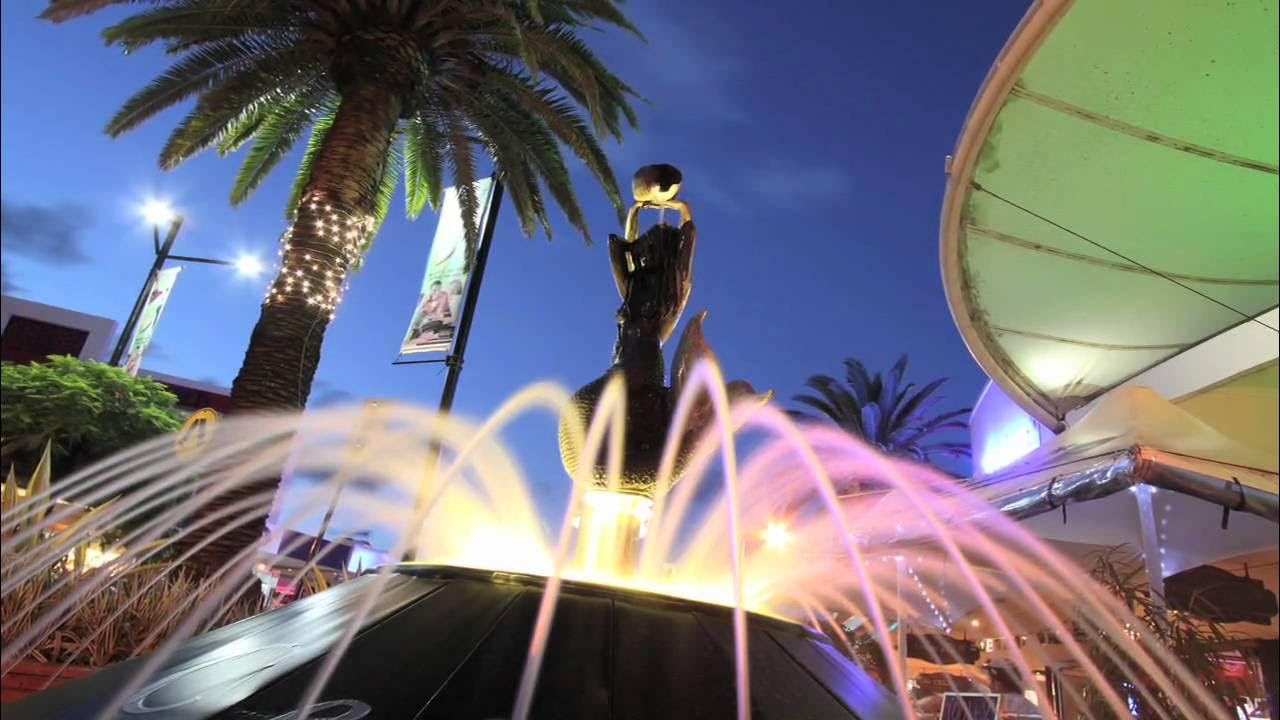Introduction to Aperture & Shutter Speed, Part 1
Summary
TLDRThis instructional video introduces the fundamental concepts of exposure in photography, specifically focusing on the relationship between aperture and shutter speed. Using a 35mm SLR camera, the presenter demonstrates how different aperture settings (from f/1.8 to f/22) affect light intake, while varying shutter speeds (from 1 second to 1/500 second) control exposure duration. The video emphasizes that a wider aperture with a fast shutter speed can yield the same exposure as a narrower aperture with a slower shutter speed, highlighting the critical interplay between these two elements for achieving the desired photographic effect.
Takeaways
- 😀 Aperture controls the amount of light entering the camera, measured in f-stops.
- 😀 A lower f-stop number indicates a wider aperture, allowing more light through.
- 😀 Each full stop increase in f-stop halves the light entering the camera.
- 😀 Shutter speed determines how long the camera's shutter is open to let light in.
- 😀 Faster shutter speeds allow less light by reducing the duration the shutter is open.
- 😀 The relationship between aperture and shutter speed is crucial for achieving proper exposure.
- 😀 A wide aperture combined with a fast shutter speed can create a bright exposure.
- 😀 A small aperture with a slow shutter speed can also achieve the same exposure.
- 😀 Understanding the doubling and halving of light with each stop is fundamental to exposure.
- 😀 Mastering the interplay of aperture and shutter speed is essential for effective photography.
Q & A
What is the main focus of this video session?
-The session focuses on understanding exposure in photography, specifically the relationship between aperture and shutter speed.
Why is a 35mm SLR camera used for demonstration?
-The 35mm SLR camera is chosen because its controls make it easier to visualize how aperture and shutter speed work.
What does the 'bulb' setting on the camera do?
-The bulb setting allows the shutter to stay open as long as the shutter release button is pressed, enabling a manual control over exposure time.
How does changing the aperture affect the amount of light that enters the camera?
-Changing the aperture affects the light intensity: each full f-stop change halves or doubles the amount of light that reaches the sensor or film.
What is the significance of f-stop numbers in aperture settings?
-F-stop numbers indicate the size of the aperture opening; smaller f-stop numbers correspond to wider openings that let in more light.
How do shutter speeds influence exposure?
-Shutter speeds determine how long the sensor or film is exposed to light; faster speeds let in less light, while slower speeds allow more light.
What happens to the exposure when both aperture and shutter speed are adjusted?
-Adjusting both aperture and shutter speed can maintain the same exposure; a wide aperture with a fast shutter speed can equal the exposure of a smaller aperture with a slower shutter speed.
What is the relationship between shutter speed and the amount of light?
-Each time you halve the shutter speed, the amount of light that reaches the sensor doubles, and vice versa.
Why is it important to understand the combination of aperture and shutter speed?
-Understanding this combination is crucial for achieving the desired exposure in photographs, balancing light and motion blur effectively.
What does the instructor suggest about grasping the theory of exposure?
-The instructor emphasizes that once you understand the theory of shutter speeds and apertures, you will be well-equipped to control exposure in photography.
Outlines

此内容仅限付费用户访问。 请升级后访问。
立即升级Mindmap

此内容仅限付费用户访问。 请升级后访问。
立即升级Keywords

此内容仅限付费用户访问。 请升级后访问。
立即升级Highlights

此内容仅限付费用户访问。 请升级后访问。
立即升级Transcripts

此内容仅限付费用户访问。 请升级后访问。
立即升级浏览更多相关视频

Introduction to Exposure

PAHAM SEGITIGA EXPOSURE DI FOTOGRAFI TERBARU 2023, TERLENGKAP!

BELAJAR FOTOGRAFI BASIC PHOTOGRAPHY SMARTPHONE

Photography Terminology Every Beginner Should Know

Canon EOS | Getting Started: Light Meter Tutorial

What is Shutter Speed — Camera Shutter and the Exposure Triangle Explained [Ep. 3]
5.0 / 5 (0 votes)
